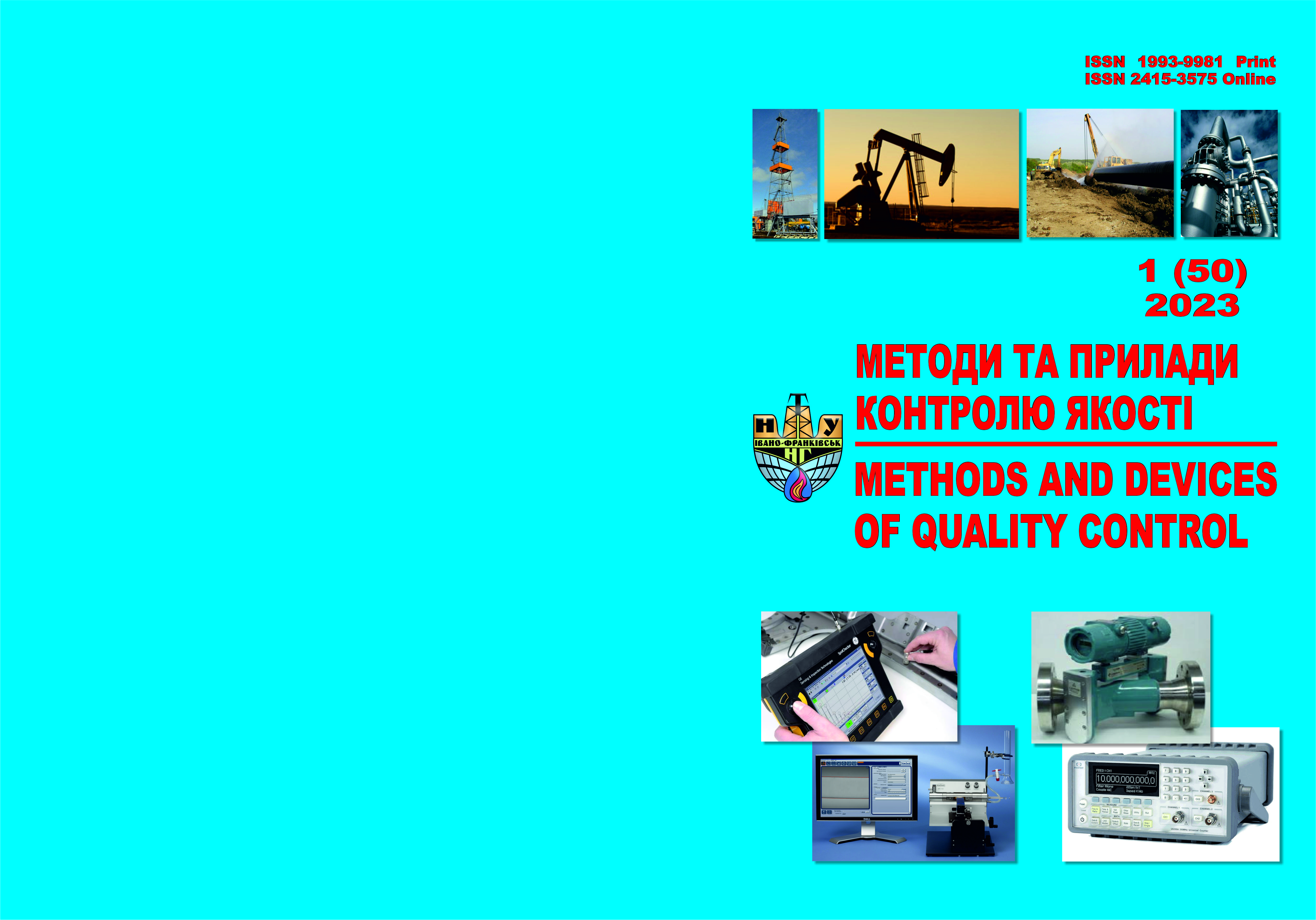МОДЕЛЮВАННЯ СИСТЕМИ КЕРУВАННЯ ТА МОНІТОРИНГУ ДІЛЯНКИ ТРУБОПРОВОДУ У ПРОГРАМІ ASPEN HYSYS
DOI:
https://doi.org/10.31471/1993-9981-2023-1(50)-81-92Ключові слова:
віртуальна модель трубопровідної системи; система автоматичного контролю і керування; Aspen HYSYS.Анотація
В роботі досліджується проблеми створення віртуальної моделі трубопровідної системи в програмі Aspen HYSYS, враховуючи фізичні параметри, компоненти, технологічні процеси та обмеження. Отримані динамічні характеристики моделі можуть бути використані для дослідження адекватності моделі та перевірка її поведінки за реальних умов. Також необхідно дослідити чутливість моделі до зміни параметрів та збурень. Задачею є забезпечення високої адекватності моделі та ефективного регулювання технологічних параметрів трубопровідної системи. На основі результатів аналізу, можуть бути запропоновані виправлення та удосконалення моделі з метою досягнення стабільності, точності та оптимальної роботи процесу. Остаточною метою є розробка автоматизованої системи керування, яка базується на створеній моделі трубопровідної системи у програмі Aspen HYSYS. Матеріал розглядає необхідність удосконалення трубопровідних систем у контексті транспорту різних речовин. Він підкреслює важливість ефективності, безпеки та надійності цих систем у зв'язку з зростанням обсягів транспорту, дотриманням стандартів безпеки та вимогами екологічних норм. Дані дослідження направлені на ефективне управління технологічними процесами, використання автоматизованих систем контролю і керування для забезпечення оптимальних параметрів роботи системи. Враховуючи отримані динамічні характеристики і результати досліджень, такі системи можуть забезпечити ефективне регулювання технологічних параметрів трубопровідної системи. Загалом, цей матеріал підкреслює актуальність вдосконалення трубопровідних систем для забезпечення їх найвищої продуктивності, безпеки та стійкості. Моделювання та симуляція у Aspen HYSYS дозволяє проводити моделювання та симуляцію роботи системи з різними налаштуваннями та дає можливість виконувати віртуальні експерименти, досліджувати вплив змінних параметрів та оцінювати результати процесу.
Завантаження
Посилання
Gerasimov G.G., Gerasimov Ye.G., Ivanov S.Yu. Determination of the basic parameters of pressure stabilizers by analytical method. Visnyk NUVGP. Ser. Technical Sciences: Collected scientific works. Rivne: NUVGP, 2014. Issue 4 (68). P. 22-28.
Hultmark M., Vallikivi M., Bailey S. C. C., Smits A.J. Logarithmic scaling of turbulence in smooth- and rough-wall pipe flow. Journal of Fluid Mechanics. 2013. Vol. 728, P. 376-395.
Mahsakazemi. Optimization of Oil and Gas Multi Stage Separators Pressure to Increase Stock Tank Oil. Oriental J. of Chemistry. 2011.Vol. 27. № 4. P. 1503–1508.
Bi K., Hao H. Using pipe-in-pipe systems for subsea pipeline vibration control. Engineering Structures. 2016. Vol. 109, p. 75-84.
Brown N.J., Bastien L.A.J., Price P.N. Transport properties for combustion modeling. Progress in Energy and Combustion Science. 2011. Vol. 37, p. 565–582.
Inverse Space Marching Method for Determining Temperature and Stress Distributions in Pressure Components/ J. Taler [et al.]. Developments in Heat Transfer. – Rijeka, Croatia. 2011. Р. 273–292.
Amathematical model for evaluation the efficiency of gas-main pipelines in transient operational modesecontechmod/ V. Chekurin, Yu. Ponomaryov, O. Khymko. An international quarterly journal. 2015. Vol. 4, № 3. Р. 25–32.
HYSYS Simulation Basis. Aspen Technology, Inc., 2005. 527 p.
HYSYS User Guide. Aspen Technology, Inc., 2005. 533 p.
Kou J., Sun S. Unconditionally stable methods for simulating multi component two-phase interface models with Peng-Robinson equation of state and various boundary conditions. Journal of Computational and Applied Mathematics. 2016. Vol. 291. P. 158–182


.png)




